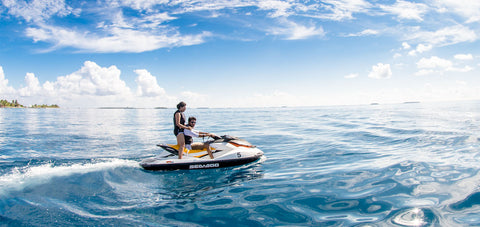Anchoring Your Boat: All About Scope
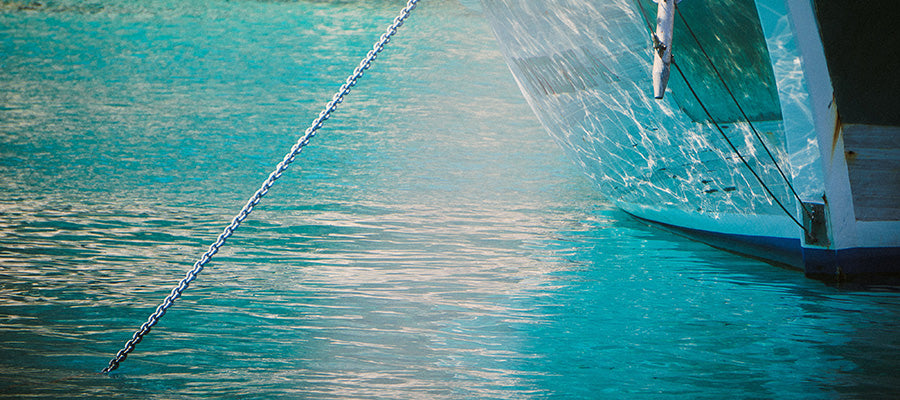
When it comes to scope, there's no two ways about it: more is almost always better. More scope means less vertical strain on the boat anchor thereby decreasing the chances of unsetting the boat anchor. We generally recommend a scope ratio of 5:1 minimum, but ideally 7:1 or even more (especially if anchoring overnight), i.e. let out 7 feet of rode for every 1 foot of water depth you're anchoring in, so if you are anchoring in 10 feet of water, you'll let out 70 feet of rode. Unfortunately, in small or crowded anchorages there's often not enough room to allow for a lot of scope. What can you do?
When facing this dilemma, the aim is to increase horizontal rode tension. This is a basically a fancy way of saying you want the anchor rode to sit as horizontal as possible in the water.
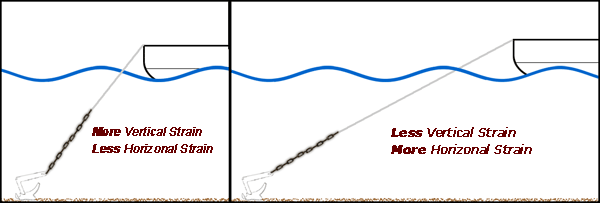
There are a couple of ways to do this. The most common way is to add 20 feet or so of chain to nylon rope. It has been shown that by adding just 20 feet of chain to 180 feet of nylon rode you can increase horizontal strain nearly 250%. This is the result of the extra weight pulling the anchor rode to the sea bottom. By using 200 feet of chain you can increase horizontal tension nearly 800% from all nylon rope. However, it's debatable whether the tension gains achieved in an all chain setup offset its disadvantages, most importantly the strain on one's arms! Without a doubt though, at least 20 feet of chain should be added to all rode setups.
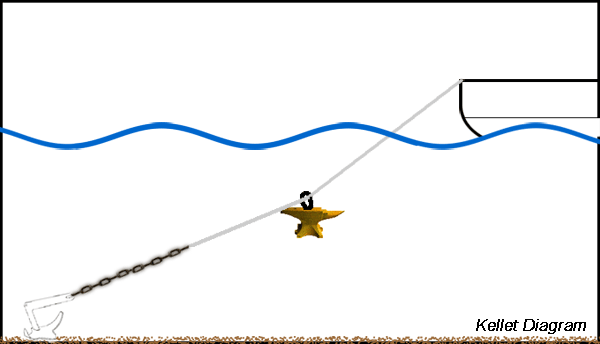
The other popular option in increasing horizontal strains is to add a kellet. A kellet is a weight added somewhere along the anchor rode. Adding the kellet as close to the chain-rope connection as possible results in the largest tension gains but many prefer to place it about half way along the rode to ease the shock loads. It has been shown that by adding a 20 lbs kellet half way up (or down) a 200 foot rode setup one would achieve 300% horizontal tension gains over an all rope setup.
Published
Recent Posts
Balancing Proven Tradition with Cutting-Edge Performance
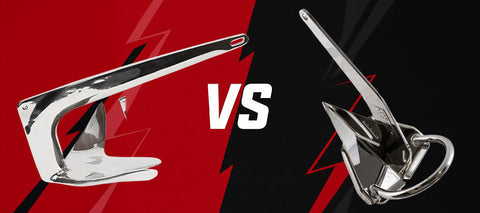
When choosing an anchor, it’s not a question of “traditional vs. modern”, despite our eye-catching article image *wink*, but "what combination of reliability, cost and performance best suits your specific needs?" Here’s a side-by-side look at why time-tested anchors remain indispensable even as shiny new designs continue to enter the market.
Windlass Problems? Common Issues and How to Fix Them
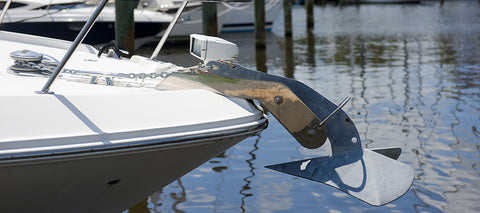
Let's look at common issues with windlasses and how to address them:
1) Windlass Won’t Run in Either Direction
2) Solenoid Clicks, but Windlass Won’t Move
3) Windlass Lacks Power to Haul the Anchor
4) Rode Gets Jammed or Doesn’t Come In
Our history: a 20 year journey
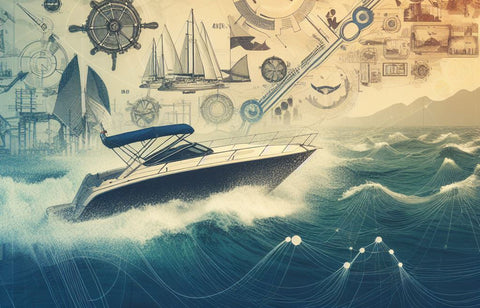
Boat Cleaning Tips for Anglers: Keeping Your Vessel Spotless and Pristine
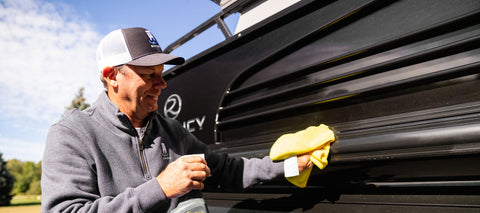
Avast, Ye Mariners! Master the Art of Docking: A Swashbuckling Guide for Boaters
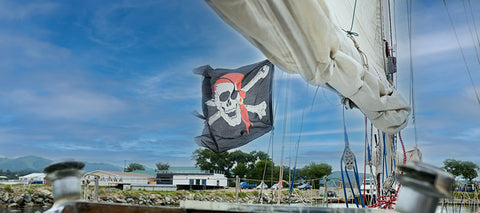
Top Reasons to Keep a Boating Maintenance Log
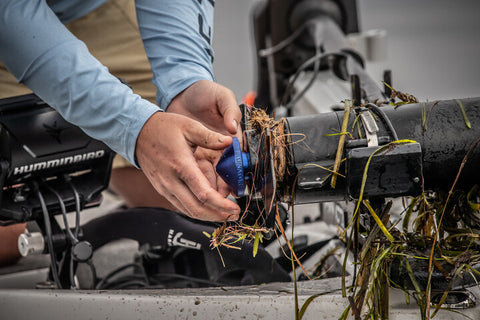
4 Top Tips for Buying a New-to-you Used Boat
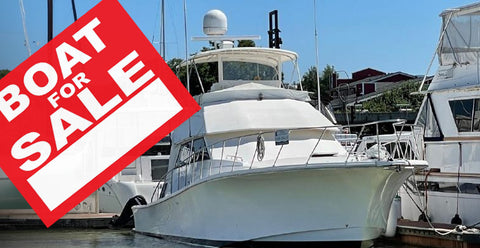
Bent Boat Anchor Shank: Common Causes and Prevention Tips
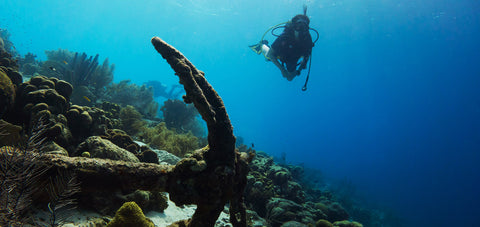
Prepare Your Boat For An Above Average Hurricane Season
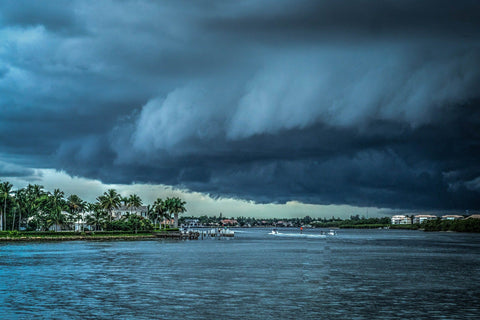
Best Methods For Anchoring Your Jet Ski in Deep or Shallow Water
